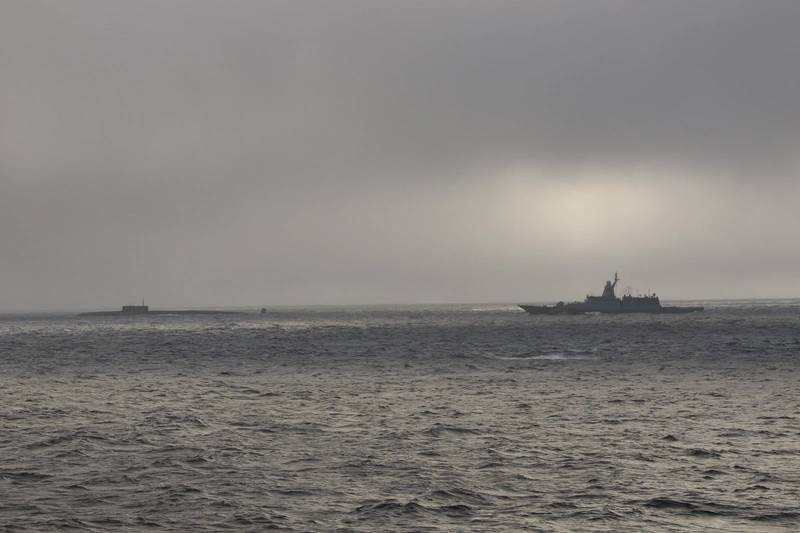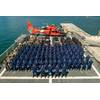US Coast Guard Spots Russian Naval Vessels Near Alaska
The U.S. Coast Guard on Sunday located four Russian Federation Navy (RFN) vessels 57 miles northwest of Point Hope, Alaska.
While on a routine patrol in the Chukchi Sea, the crew of U.S. Coast Guard Cutter Stratton (WMSL 752) observed the RFN vessels transiting southeast along the Russian side of the Maritime Boundary Line (MBL). The Russian Surface Action Group consisted of a Severodvinsk-class submarine, Dolgorukiy-class submarine, Steregushchiy– class Frigate, and Seliva-class tug.

The crew of the Stratton witnessed the RFN vessels cross the MBL into the U.S. Arctic and moved to observe the vessels. The Russian vessels were assessed to be avoiding sea ice on the Russian side of the MBL and operated in accordance with international rules and customs as they transited approximately 30 miles into the U.S. Exclusive Economic Zone.
“We are actively patrolling our maritime border in the Bering Sea, Bering Strait, and Chukchi Sea, with our largest and most capable cutters and aircraft, to protect U.S. sovereign interests, U.S. fish stocks, and to promote international maritime norms,” said Rear Adm. Megan Dean, Commander of Coast Guard District Seventeen. “Coast Guard Cutter Stratton ensured there were no disruptions to U.S. interests.”
Coast Guard Cutter Stratton, a 418-foot legend class national security cutter homeported in Alameda, Calif., is patrolling under Operation Frontier Sentinel, a U.S. Coast Guard initiative designed to maintain a strategic presence and ensure maritime security in U.S. waters when potential strategic competitors operate nearby. It aims to uphold international law and maritime norms by deploying Coast Guard assets to monitor and protect U.S. interests.
While not extremely common, it is not unusual for Russian naval vessels to operate near Alaska. Such operations are typically monitored closely by the U.S. Coast Guard and other relevant authorities.
Related News


